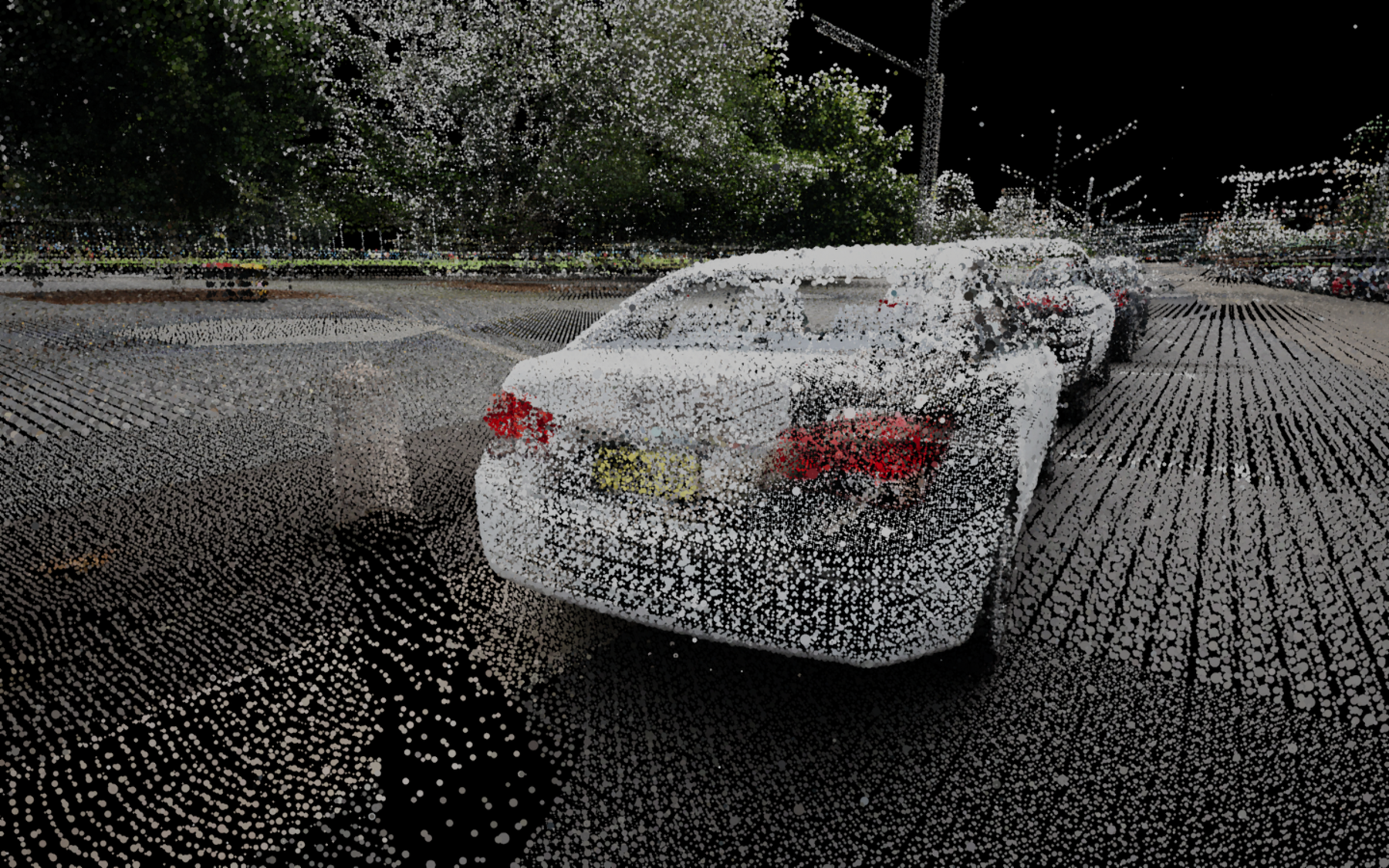
- #POINT CLOUD DATA HOW TO#
- #POINT CLOUD DATA FULL#
- #POINT CLOUD DATA SOFTWARE#
- #POINT CLOUD DATA PLUS#
Mounting LIDAR hardware onto a drone allows you to use 3D laser scanning to map any area you choose. Once you’ve created your LIDAR point cloud, it goes through a similar process of being transformed into a mesh and developed into a 3D model. These laser scanners can emit up to 100,000 pulses per second, which gives an incredibly detailed view of the area being mapped. When these pulses reflect back to the sensor, it measures how long it took for the light to return. LIDAR uses infrared light laser pulses to measure distances. With the help of drone technology, you can use LIDAR to scan an area and record its data points to produce a point cloud. In contrast to photogrammetry, remote sensing - which is what LIDAR is categorized as - uses aerial vehicles to study a work site and create data points from it in real time. That’s why it’s essential to get as many data points and images as possible - you’ll have fewer spaces to fill in or reconstruct. The process of filling in the gaps between the data points and creating a mesh is known as surface reconstruction. Once all the images are captured, you can use a processing platform to overlap the photos.īy stitching the images together, you can develop a point cloud, create a 3D mesh and produce a complete 3D model within a CAD or BIM program.
#POINT CLOUD DATA FULL#
Various angles are required to capture a full view of the landscape. Because the drone uses a camera, you’ll likely need to adjust its settings for the site’s environmental conditions to get the best results. Photogrammetry is a common method for creating point clouds. With this technique, a drone takes numerous pictures of a construction or civil engineering site. Using Photogrammetry for Point Cloud Surveying To see the point cloud in a 3D format that resembles your terrain, you’ll need to export the data from your modeling platform and upload it into a computer-aided design (CAD) or building information modeling (BIM) system. At this stage, you can modify the data points for better accuracy.
#POINT CLOUD DATA SOFTWARE#
Once you have the complete point cloud, you can import it into a point cloud modeling software solution. With the laser, you scan a chosen environment - such as a construction site - and the scanner records data points from the surfaces within it. Site surveyors can create 3D models from point clouds by using LIDAR lasers. How do you create a point cloud when it involves so much detail and so many small points? The answer is typically a laser scanner. You can create point clouds by using two primary methods - photogrammetry and Light Detection and Ranging (LIDAR), which we will discuss in more detail below.
#POINT CLOUD DATA HOW TO#
When you outline the goals you want to achieve from using a point cloud, you’ll know how to obtain your data and get the most value from it. However, both of these problems have easy solutions.

This question can pose a problem for some surveyors - and others may not know how to create a point cloud to begin with. And the denser your point cloud is, the more details and terrain properties you’ll see within your image.Ĭreating and utilizing a point cloud puts a world of data within your reach, but you must know what to do with it after you generate it. Together, they create an identifiable 3D structure. You can think of these points similarly to pixels within a picture. Each point represents a portion of a surface within a certain area, such as an engineering work site. These points exist within three dimensions, with each one having X, Y and Z coordinates. What Is a Point Cloud?Ī point cloud is a collection of many small data points.
#POINT CLOUD DATA PLUS#
If you want to learn how to use a point cloud for 3D models, this article can show you how it works - plus what you can gain from it. But what exactly is a point cloud, and how does it help with surveying work sites? It accomplishes the same work with fewer resources spent - which is what every person wants from their business endeavors.

Point cloud modeling has existed for a while, but it’s becoming a major tool for contractors and engineers who seek more ease and efficiency when conducting land surveys. New technologies are always disrupting the construction and civil engineering industries.


 0 kommentar(er)
0 kommentar(er)
